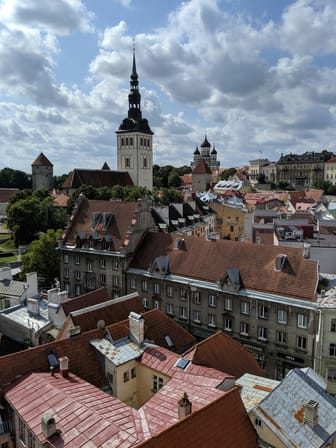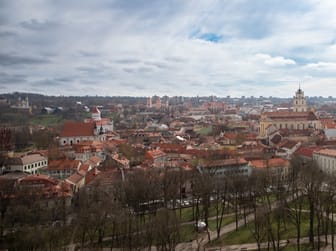Vilnius Cathedral
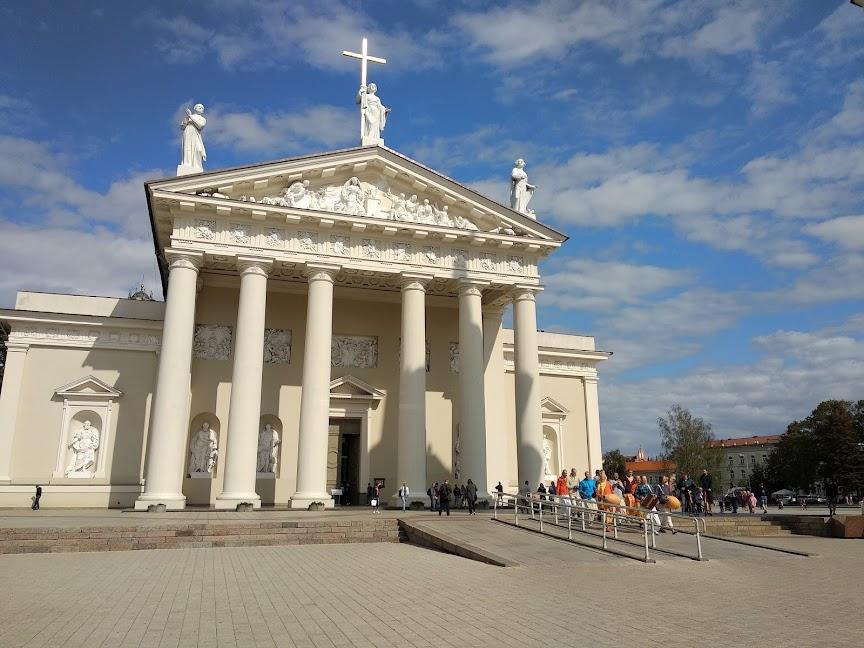
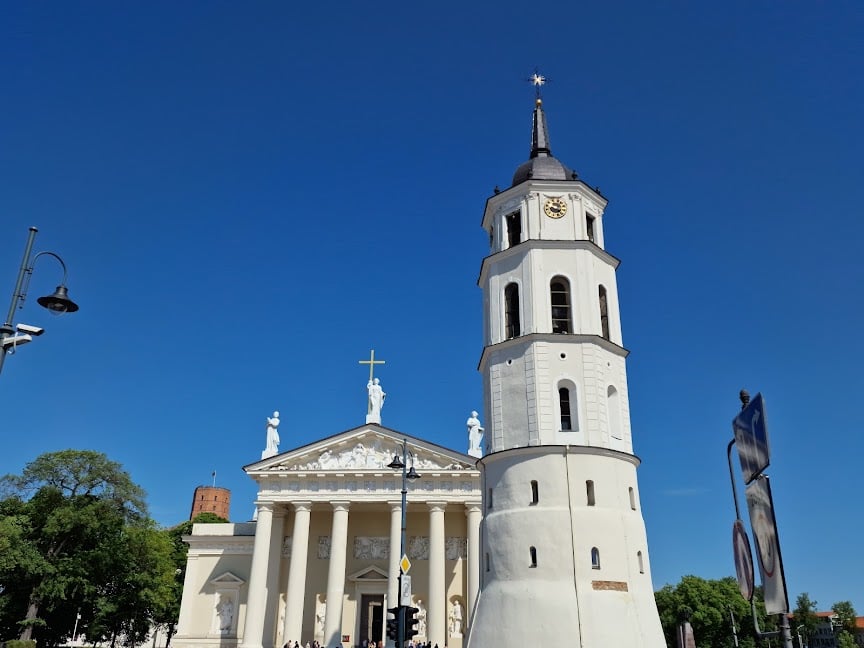
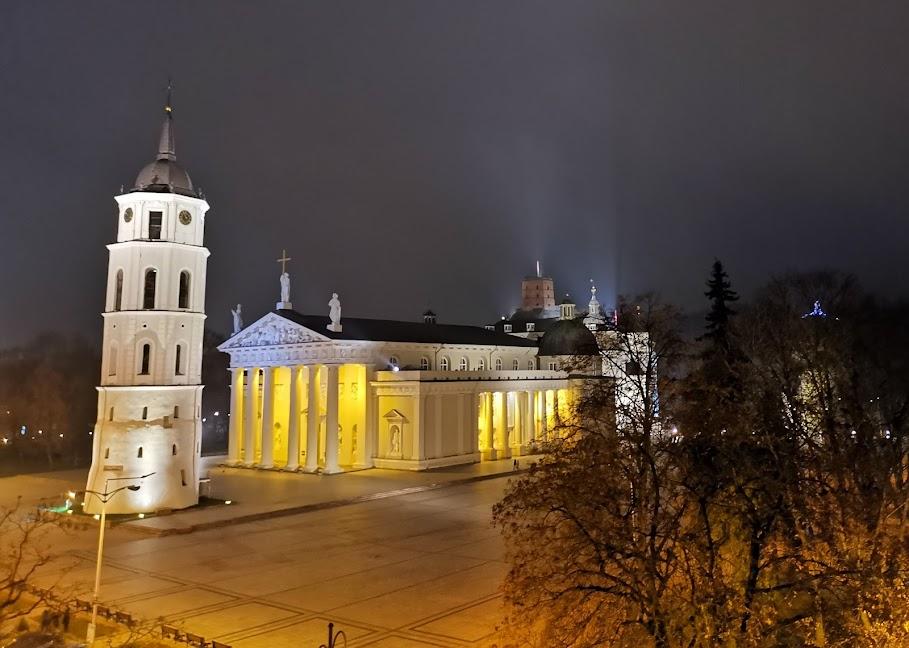
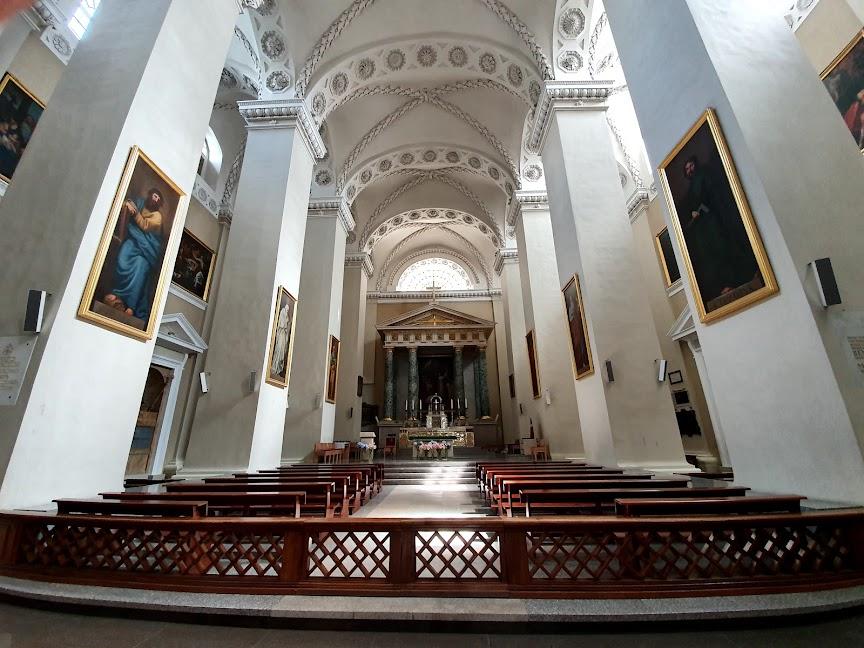
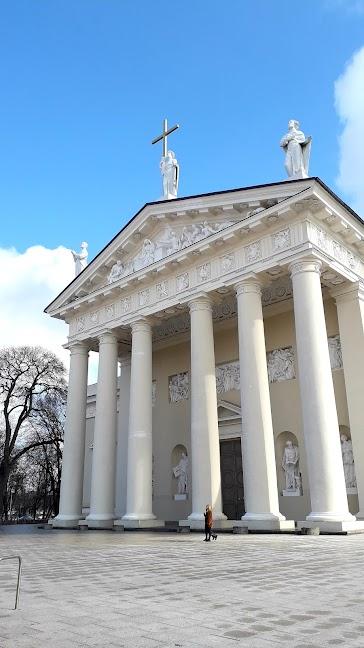
Ask ThatchGPT
Suggest a local expert to plan my trip
Suggest an unique itinerary for my Vilnius trip
What foods do Vilnius locals eat
What are some true hidden gems in Vilnius
Help me brainstorm trip ideas for Vilnius
Help me plan a family-friendly trip to Vilnius
What people say
Pedro Pereira
Available for hire
"The history of the Vilnius Cathedral dates back to the 13th century, when a wooden church stood on the site. The construction of the current brick Gothic cathedral began in the 15th century and continued for over two centuries.
The cathedral holds immense historical significance. It was the coronation church of the Grand Dukes of Lithuania and the site of numerous important religious and political events. Despite facing fires, wars, and renovations over the centuries, the Vilnius Cathedral has stood the test of time, remaining a prominent landmark and a symbol of the city's rich heritage.
The Vilnius Cathedral showcases a harmonious blend of architectural styles, reflecting the city's multicultural past. Gothic elements dominate the exterior, while Renaissance and Baroque influences are evident in the interior. The cathedral's facade is a sight to behold. Its towering spires, intricate stonework, and numerous sculptures create a majestic presence.
Descend into the cathedral's crypts to discover a hidden world beneath the church. Here, you'll find the tombs of prominent figures from Lithuanian history."
Read more in:
Emma Myrick
"also called the Basilica of St. Stanislaus and St. Ladislaus, is a major Lithuanian symbol. It's built over a former pagan temple. You can visit for free! "
Mentioned in these guides
About Vilnius Cathedral
Get the inside scoop on Vilnius Cathedral from local experts, travel creators, and tastemakers. Browse genuine trip notes, Vilnius Cathedral reviews, photos, travel guides, and itineraries from real travelers and plan your trip with confidence.
Website
Phone
Save this spot for later or start mapping out a new trip today
Try our AI Travel Assistant and get instant answers to any questions about your trip.
Ask ThatchGPT
